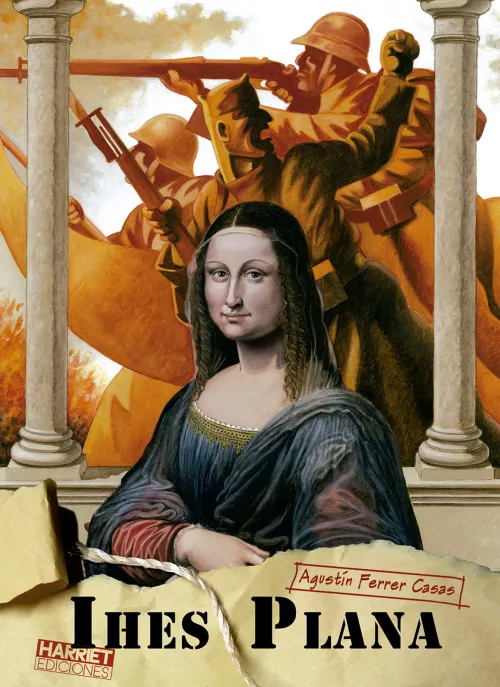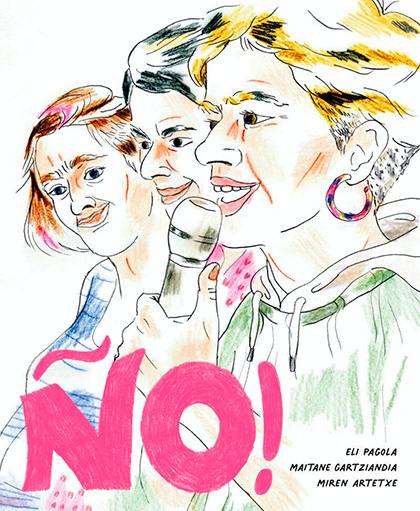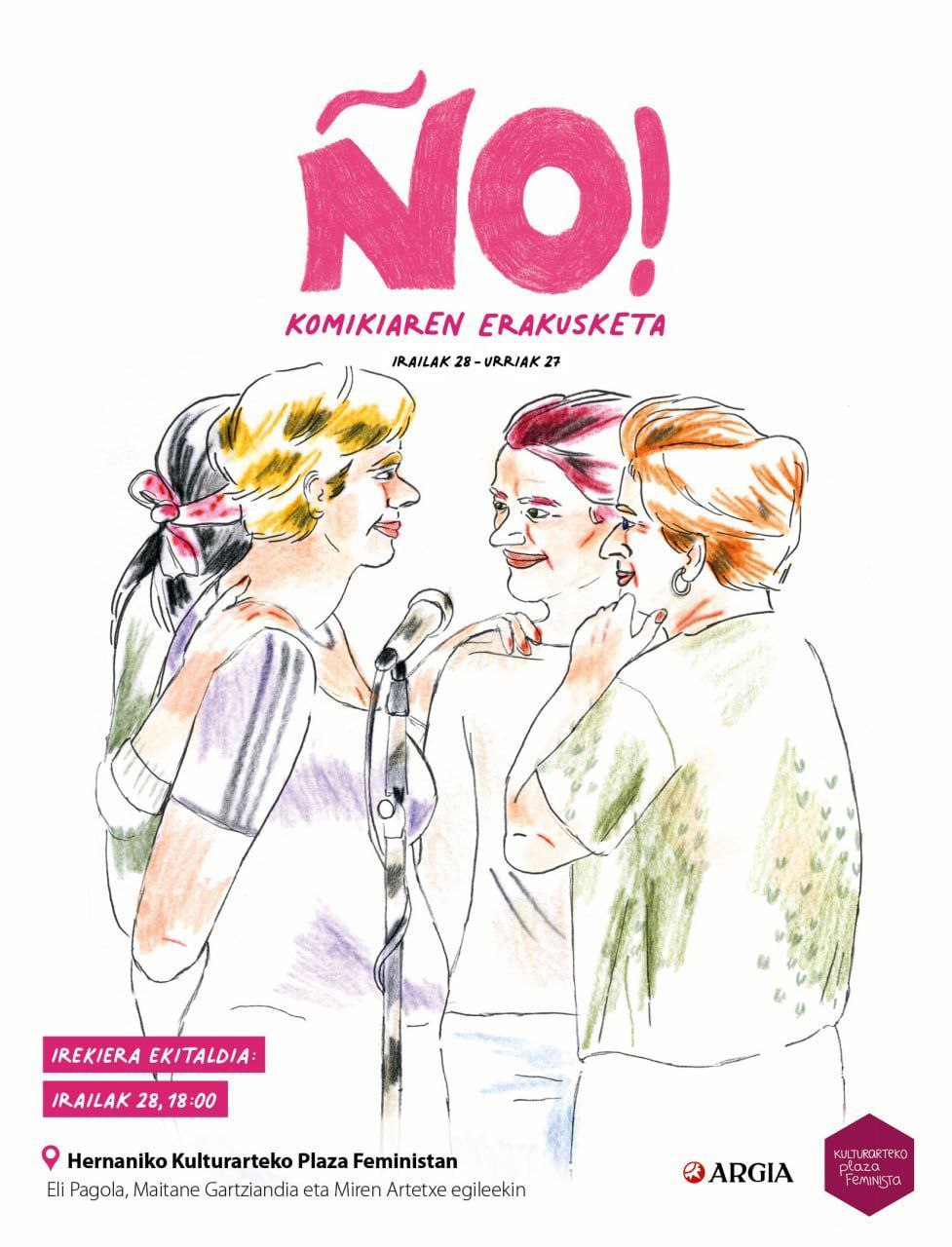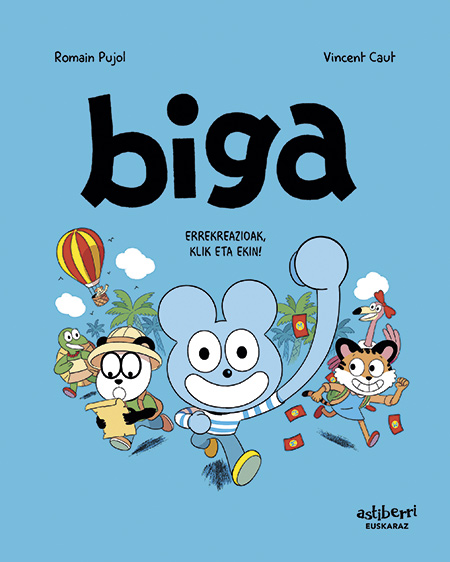Browser of Eternity
- The classic comic El Eternauta was created between 1957 and 1959 by screenwriter Hector German Oesterheld (1919 -1978) and Argentine cartoonists Francisco Solano López (1928 -2011), when the impact of television was low, while the fame and reception of the comic were massive. Representing seasonal science fiction, the story focuses on issues such as resistance, friendship, alien invasion, terror and humanity. Likewise, the protagonist of history is Juan Salvador, who represents the collective struggle for freedom. Now, when over 60 years have passed, they have published their final version.

Eternauta has become an icon of Argentine popular history and Latin American comic book. Thus, experts also consider the first graphic novel in Spanish. But it's not just that: eleven political and social readings of the story that the comic book gathers have been made for decades. They influenced the writings and drawings. Osterheld and her four daughters disappeared during the Argentine dictatorship in 1978, after being discovered by the tyrants Jorge Rafael Videla. In fact, the work was persecuted and banned during the years of the dictatorship, specifically between 1976 and 1983. All this has added a myth or historical character to the comic book El Eternauta.
Well, the editorial Planeta recently published the final version of this prestigious comic book: 350 pages in black and white, in curative format, which can be considered the most faithful version published so far.

The Netflix platform has also announced its audiovisual version: Bruno Stagnaro directs and Ricardo Darín acts as a leading actor on the skin of Juan Salvador. The filmmaker has said, personally, that it helps him to travel to his childhood: “The eternity symbolizes my father, as I remember, as the weekly fasciculi of comics depicted. I think it was one of the first things that I read in full in my life, at the age of 10, and that had a huge influence on how to understand the fiction done in my country.”
From the post-apocalypse to
the invasion El Eternauta is the result of the classical science fiction of the 1950s, which was published in series between 1957 and 1959 in Hora Cero magazine. Starring Eternauta, Juan Salvo. Except, through a metaphor exercise, visit the comic writer to tell the story of his life: a mysterious snowfall destroys the life of Eternauta when all the people who touch the snowflakes die. Likewise, phosphorescent snowfall will only advance an alien invasion that threatens the future of mankind.
.jpg)
Thus, although in the first 70 pages the story developed in a post-apocalyptic environment, soon after the reader will turn and meet a classical alien invasion. This first part relates to the isolation lived by the protagonist of the novel Robinson Crusoe, written by Daniel Defoe in 1719. The protagonists, due to the snow, are isolated in an “ocean of death”. In the words of Osterheld: “Eternity was at first my version of Robinson. The loneliness of man, surrounded, imprisoned, no longer of the sea, but of the deaths. Not the isolated man of Robinson, but the man with family, friends. (...) That was the starting point. The rest... only the rest grew, as it grows alone, we believe, everyday life.”
The second phase of the story, that of the invasion, is much more epic, more adventurous. In the preamble to the final version of the comic book, Juan Sasturain explains that “it is a wonderful and tragic story that approaches the absurd, Gaizkia, the cosmic hatred, the dark resonance, even the psychoanalytic, who will never know who they are fighting.” The narrative is developed in the well-known cartography of the Buenos Aires capital. Thus, the writer transforms mysterious islands of classic adventures and pirate treasures into streets, subway stations or soccer fields.
Thus, the protagonists of the story will have to face far more powerful enemies. To counter this gout threat, the writer formed a coral list of protagonists with the intention of explaining a concrete idea: the only possibility of humanity is to act jointly against the enemy. In this way, human beings of different kinds and characters, such as intellectuals, workers, military and irreverent youths, will join the struggle. The thoughts and attitudes of then limit the role of women in the home and in the family to develop the action around men. Consequently, the writer forms a collective hero, that is, the people themselves, to oppose the attitude of the individualist and liberal superheroes from the United States, and to alert, probably, to the shadow of the dictatorial oppression that the Argentine people would suffer in the near future.
If we
compare it to today's comic book, Eternity is a story that contains many texts. In this sense, reading can be laborious, but the structure of history does not show slits and the scarce style of the cartoonist Solano López adapts perfectly to the cursive pages organized in strips. But this balance of texts is a trademark of the style of Osterheld, above all his hobbies and trades, passionate about literature – cartoonist, journalist, writer, geologist and scientific discoverer. So, more than science fiction cinema ever, Them! ("They!") (Gordon Douglas, 1954) and Invasion of the Body Snatchers (The Invasion of Ultragorpús) (Don Siegel, 1956), Osterheld drank more from the literature. Consequently, his work, along with many other precursors, was fundamental for the comic book to reach the prestige it deserved and be considered high gender.
In line with this marked literary trend, it is very significant what is reported in the interview that Carlos Trillo and Guillermo Saccomanno made to Oesterheldi in his book Historia de la historieta argentina ("Historia del cómic argentino"), published in 1980:
Trillo: Have you ever been ashamed to write comics?
Oesterheld: No.
Trillo: I ask you about the usual distribution between older and younger genders.
Oesterheld: The other way around. Comics is a great genre. Because, by what criteria do we define what is big or small? I think objectively I relate the big genre to a big audience. And I have a lot more audience than Borges. By far, and I'm sure Borges also wanted to write scripts, like many Argentine writers.
Saccomanno: So we don't ask him again about the writers.
Oesterheld: I repeat. I just read comic book, I read literature. I read constantly. And if Borges takes out one thing, I go and buy it. These are my sources. This does not make me feel guilty, I read good authors: Stevenson since childhood. Or Exit, I told you.
Oesterheld: No.
This passion for literature became the navigational journal of an unforgettable odyssey. The science fiction adventure that announced the tragedy of a country, which reads like a rebellion against dictatorship. History that borders the claim of the final uprising
popular.En, and returning to the words of prologue Sustarain, “we must always return to the Eternaute. There are many literary reasons, many historical reasons, many possible readings.”
Ihes plana
Agustín Ferrer Casas
Itzulpena: Miel A. Elustondo
Harriet, 2024
---------------------------------------------------------
1936ko azaroaren 16an Kondor legioko hegazkinek Madrilgo zenbait museori egin zieten eraso. Eta horixe bera da liburu honetara... [+]
SCk Zerocalcareri egindako galdera sorta eta honen erantzunak, jarraian.
Bildumako azken alea izango dela jakinarazi dute: lehenbizikoa Ni-ari buruzkoa izan zen, eta bigarrena Zu. Bigarren hura bezala, autoedizioan kaleratu du honakoa ere.
Ño!
Texts: Illustrations Eli Pagola and Miren
Artetxe: Luz Maitane
Gartziandia, 2023
------------------------------------------------------
Before and after the comic, both on the skin and back provided, as well as inside tapas and tapas, there are images and words... [+]
Biga (5 books)
Screenplay: Illustrations Romain
Pujol: Vincent Seguros
Astiberri
----------------------------------------------------
We've read eleven stories at home to our seven- and nine-year-olds, and I would say that I've never seen them so hooked that with the... [+]
Screenplay
Anker: Gregorio muro harriet
Illustrations: Alex Male
Color: Garluk Aguirre
Harriet, 2023
The Anker comic is located in January 2019. In the Russian regions, near the borders of China and North Korea. It shows the mafias that are flourishing the Siberian... [+]

























